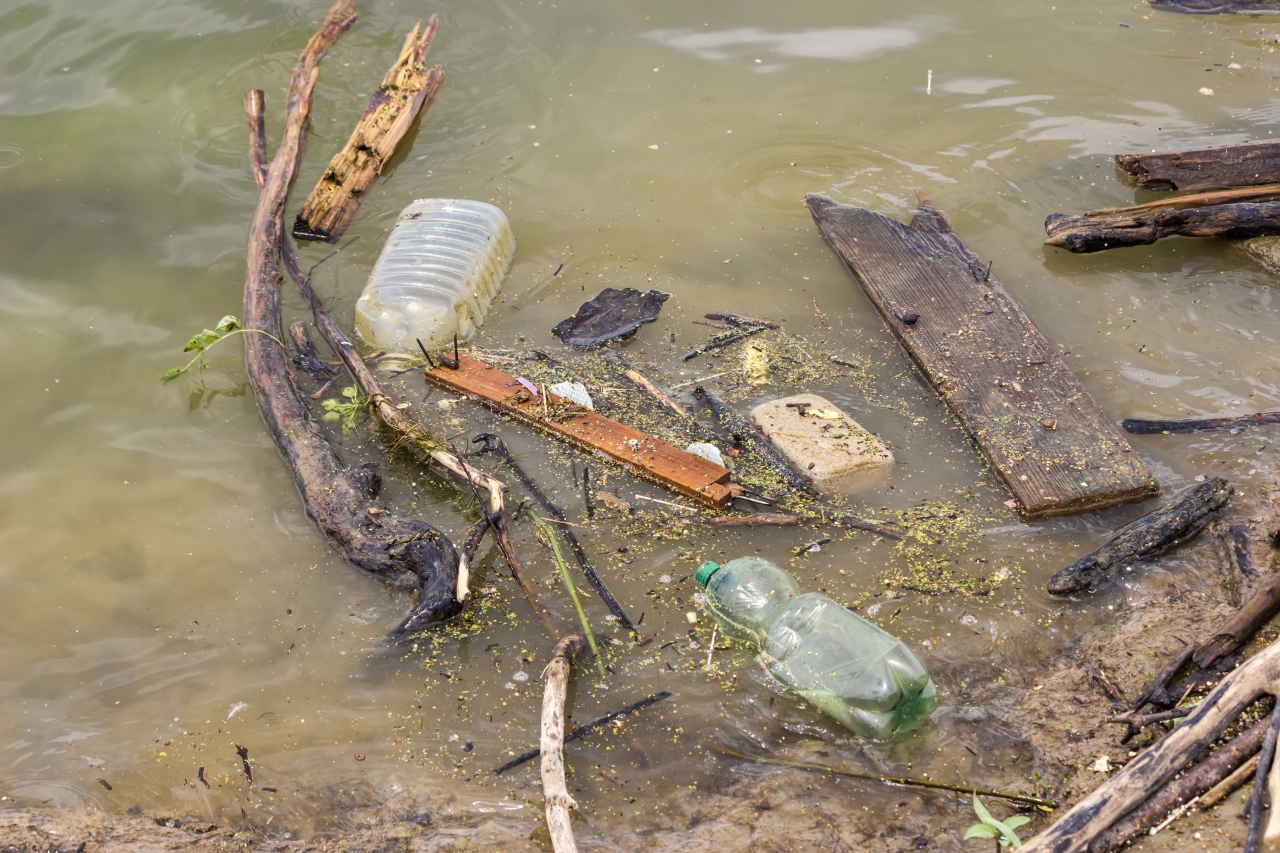Southern Water alters pollution alert tool to curb automatic red alerts

A water company has changed its pollution alert map for the public to stop issuing automatic red alerts after a discharge.
Southern Water attracted public criticism this summer for releasing raw sewage via storm overflows after heavy rain along coastal Kent. Campaigners used social media to widely share the company’s Beachbuoy map, which marks beaches at risk of pollution from raw sewage discharges with a red cross, often revealing that much of the coast has been affected.
After storms in August at least nine Kent beaches were issued with pollution alert warnings and the Environment Agency issued a “do not swim” warning for beaches across much of the north and south-east Kent coasts.
This month Southern Water announced changes to the Beachbuoy map, which means it will no longer automatically flag all raw sewage releases into bathing waters via storm overflows.
Instead Southern Water is analysing the overflows by modelling tides and weather, before deciding which are likely to cause water quality problems at beaches.
Explaining the change on its website Southern said: “In September 2022, we upgraded the map to take into account the impact a release has on a local bathing water, based on the location of the outfall, the duration of the release and tidal conditions at the time.
“For instance, if the outfall is 5km [3.1 miles] out to sea, the release was short and the tidal conditions meant there could be no impact on a bathing water, we no longer turn the bathing water icon red.”
The company said the releases were still available on its website in the accompanying table of combined sewer overflow (CSO) locations. It said most of its outfalls were long sea outfalls and where they are close to bathing waters they were designed with bathing waters in mind.
Ed Acteson, of campaign group SOS Whitstable, said he believed the changes were a way of turning a red map to blue to avoid bad PR.
“They are no longer indicating every CSO release on to beaches on their map, which is what it was set up for,” said Acteson. “They say they are taking into account the impact the release has on local bathing water but they don’t have the information to make that decision. The map has been covered in red recently; it is bad PR for them. It has been shared across social media and caused an outcry. That is what they are trying to avoid.”
Mike Owens, of Hayling Sewage Watch, analysed the data on the map on Wednesday morning. He assessed there were 15 out of 83 beaches marked blue that would have been red before the latest software update because outfalls were discharging raw sewage nearby.
“This is a question of trust in Southern Water to provide accurate, open and transparent information,” said Owens. “They say that they want to improve the user’s experience but manipulating data without giving us detail is most unhelpful and frankly neither open or transparent.
“They say they are using tide and weather and location to determine whether the discharge impacts on water quality on a beach but there are not showing us how they are making the calculation.
“I don’t know how they are doing it and how they have implemented it so quickly.”
Owens said for 246 outfalls the company would need to analyse the granular detail for every parameter in making a decision about whether a discharge impacted on water quality – including data for several different tide times, wind speeds and weather.
“If you multiply those together that is quite an astonishingly large amount of data.”
Martin William, Beachbuoy product owner at Southern Water, said: “This is an important step for the tool, ensuring we provide accurate, fair and clear information to wild swimmers, kayakers, paddleboarders and all users of the beautiful beaches across our region.
“Beachbuoy is leading the way in providing near-real time data about storm releases, but we must ensure it goes further to inform the public about the impacts to the watercourse and not limit their enjoyment of their local bathing water. We’ll never hide data though, withl all releases still available on the website.”
Images Powered by 
